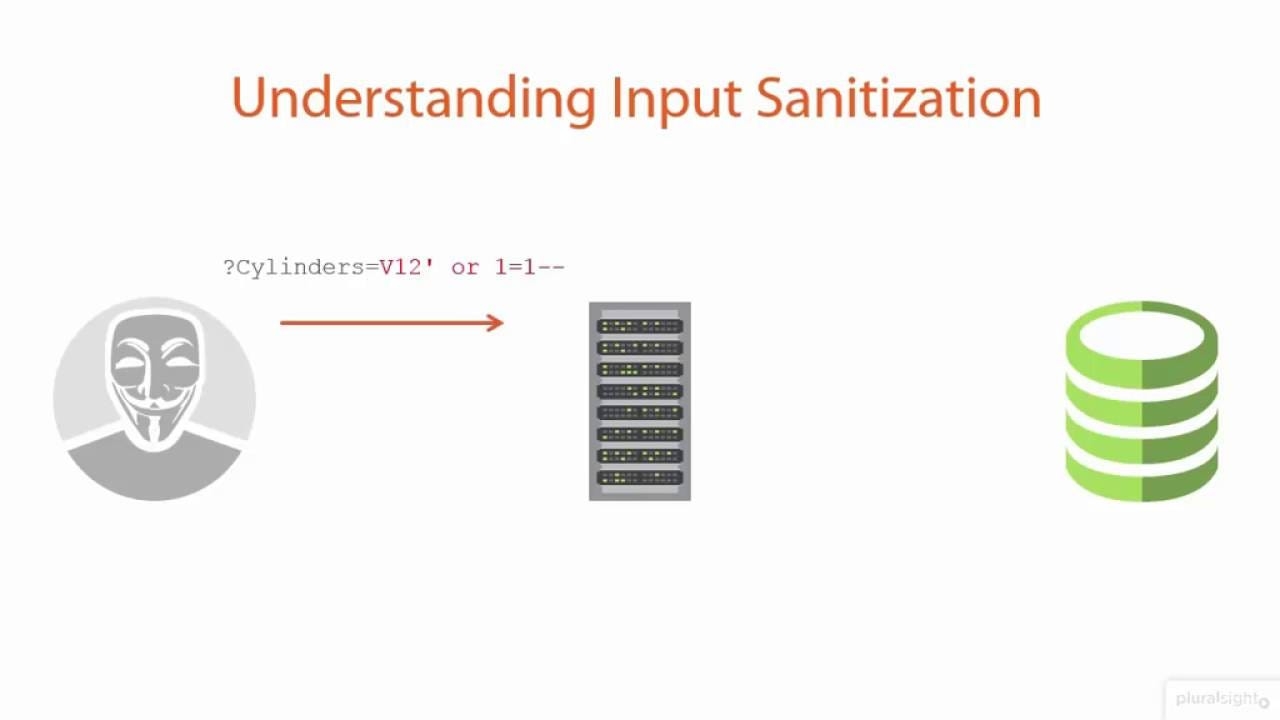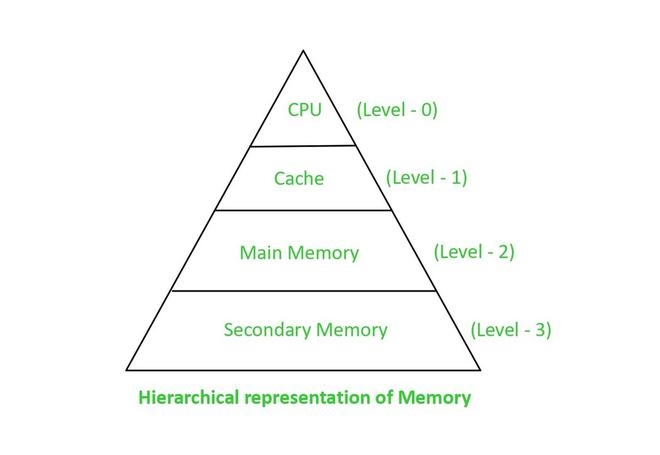Understanding the Basics of Building Web Applications with .NET
Building web applications with .NET is an essential skill for developers in today's digital landscape. .NET is a powerful framework developed by Microsoft that enables the creation of robust and dynamic web applications. Whether you are a beginner just starting out in web development or an experienced programmer looking to expand your skills, understanding the basics of building web applications with .NET is crucial.
One of the key components of building web applications with .NET is the use of Visual Studio, a comprehensive integrated development environment (IDE) provided by Microsoft. Visual Studio offers a wide range of tools and features that simplify the development process, making it easier to create, debug, and deploy web applications. Additionally, the .NET framework provides a variety of libraries and APIs that allow developers to easily build functionalities such as user authentication, data handling, and dynamic content generation.
It is important to note that building web applications with .NET requires a strong understanding of programming languages such as C# and ASP.NET. These languages provide the foundation for developing the logic and functionality of the web application. Additionally, knowledge of HTML, CSS, and JavaScript is highly beneficial as they are essential for creating the user interface and implementing interactive elements on the website.
Overall, understanding the basics of building web applications with .NET is essential for any aspiring web developer. With its powerful tools and vast collection of libraries, .NET offers developers the ability to create robust and dynamic web applications that cater to the needs of modern users. So, whether you are looking to build a simple blog or a complex enterprise application, honing your skills in building web applications with .NET is a valuable investment for your career in web development.
Exploring the Key Components of a .NET Web Application
One of the key components of a .NET web application development is the user interface (UI). The UI is the part of the application that users interact with, and it plays a crucial role in determining the overall user experience. In a .NET web application, the UI can be built using various technologies such as ASP.NET, HTML, CSS, and JavaScript. It is important to design a user-friendly and visually appealing UI that is easy to navigate and understand. Effective use of colors, fonts, and layouts can significantly enhance the usability and aesthetics of the application.
Another important component of a .NET web application is the business logic layer. This layer handles the processing and manipulation of data to support the application's functionality. It acts as a bridge between the user interface and the data access layer, ensuring that the business rules and logic are properly implemented. The business logic layer is responsible for processing user input, validating data, performing calculations, and making overall decisions based on the application's requirements.
It is crucial to design and implement this layer efficiently to ensure the application runs smoothly and performs optimally.
• The user interface (UI) is a key component of a .NET web application.
• Technologies such as ASP.NET, HTML, CSS, and JavaScript are used to build the UI.
• Designing a user-friendly and visually appealing UI enhances usability and aesthetics.
• Effective use of colors, fonts, and layouts can improve the overall user experience.
•The business logic layer is another important component of a .NET web application.
• This layer handles data processing and manipulation to support the application's functionality.
• It acts as a bridge between the UI and the data access layer.
• The business logic layer ensures proper implementation of business rules and logic.
• Responsibilities of the business logic layer include processing user input, validating data,
performing calculations, and making decisions based on requirements.
• Efficient design and implementation are crucial for smooth performance.

Best Practices for Designing User Interfaces in .NET Web Applications
In designing user interfaces for .NET web applications, it is crucial to prioritize simplicity and user-friendliness. The overall goal is to deliver a seamless and intuitive experience for users who visit the application. One best practice is to maintain a clean and organized layout. This can be achieved by using consistent and logical placement of elements and avoiding cluttered designs. By incorporating whitespace effectively and utilizing clear typography, users can easily navigate through the application without feeling overwhelmed.
Another important aspect of designing user interfaces in .NET web applications is responsiveness. With the ever-increasing use of mobile devices, it is imperative that the interface adapts gracefully to different screen sizes and resolutions. By employing responsive design techniques, such as media queries and fluid grids, the application can provide a consistent and enjoyable experience across all devices.
Additionally, optimizing the loading speed of the application is crucial. Users expect quick responses, and by minimizing HTTP requests, compressing files, and utilizing caching, the UI can be optimized for performance. Implementing these best practices will contribute to the overall success of the .NET web application by ensuring users are engaged and satisfied with their experience.
Implementing Data Access in .NET Web Applications
When building a .NET web application, one key aspect to consider is implementing data access. Data access refers to the retrieval and manipulation of data from a database or other data sources. In .NET, there are various approaches that can be used to implement data access, each with its own advantages and considerations.
One commonly used approach for implementing data access in .NET web applications is through the use of ADO.NET. ADO.NET provides a set of classes and technologies that allow developers to connect to databases, execute queries, and retrieve and manipulate data.
The ADO.NET framework is flexible and powerful, providing various data providers such as SQL Server, Oracle, and ODBC for different databases. Additionally, ADO.NET supports both connected and disconnected data access models, allowing developers to choose the approach that best suits their application requirements.
Another approach for implementing data access in .NET web applications is through the use of an Object-Relational Mapping (ORM) framework such as Entity Framework. ORM frameworks provide a higher level of abstraction, allowing developers to work with data objects rather than interacting directly with the underlying database.
Entity Framework, for example, enables the creation of entity classes that represent database tables, and provides mechanisms for querying, inserting, updating, and deleting data using object-oriented syntax. ORM frameworks can significantly simplify the development process and increase productivity, particularly for applications with complex data models.
Ultimately, the choice of data access approach in a .NET web application will depend on various factors such as the application requirements, performance considerations, and the developer's familiarity with different technologies. Whichever approach is chosen, it is important to follow best practices such as proper error handling, sanitizing user input, and optimizing database queries to ensure the reliability, security, and performance of the application.

Securing .NET Web Applications: Authentication and Authorization
Authentication and authorization play a crucial role in securing .NET web applications. Authentication is the process of verifying the identity of a user, ensuring that they are who they claim to be. This can be done through various means such as passwords, social media logins, or two-factor authentication. By implementing a robust authentication mechanism, developers can prevent unauthorized access to sensitive information and protect the integrity of their applications.
Authorization, on the other hand, determines the level of access a user has once they are authenticated. This involves setting up roles and permissions to define what actions a user can perform within the application. By properly configuring authorization rules, developers can ensure that users only have access to the resources and functionality that they are entitled to.
This not only enhances security but also improves the overall user experience by providing a personalized and customized environment based on their role and responsibilities. In conclusion, a well-implemented authentication and authorization system is vital for securing .NET web applications and protecting sensitive data from unauthorized access.

Enhancing Performance in .NET Web Applications: Caching and Optimization Techniques
Caching and optimization techniques play a crucial role in enhancing the performance of .NET web applications. By implementing these techniques, developers can significantly improve the overall responsiveness and efficiency of their applications, leading to better user experiences.
One of the key techniques used for performance enhancement is caching. Caching involves storing frequently accessed data in memory, reducing the need to retrieve it from the database or perform expensive computations repeatedly. By caching data, web applications can reduce the load on the server and improve response times, resulting in faster page loading and smoother user interactions.
Additionally, caching techniques such as output caching and fragment caching can be employed to store entire page outputs or specific sections, respectively, further optimizing the application's performance.
FAQ
What are some basic techniques for enhancing performance in .NET web applications?
Some basic techniques for enhancing performance in .NET web applications include caching and optimization techniques.
How can caching improve the performance of .NET web applications?
Caching can improve the performance of .NET web applications by storing frequently accessed data or rendered pages in memory, reducing the need to fetch or regenerate them every time a user requests them.
What are some common caching techniques used in .NET web applications?
Some common caching techniques used in .NET web applications include output caching, data caching, and fragment caching.
What is output caching in .NET web applications?
Output caching is a technique in .NET web applications where the output of a page or a user control is stored in memory and served to subsequent users requesting the same page, avoiding the need to re-execute the entire page generation process.
How can data caching be utilized in .NET web applications?
Data caching in .NET web applications involves storing frequently accessed or expensive-to-fetch data in memory, reducing the need to query the database or perform expensive calculations each time the data is required.
What is fragment caching in .NET web applications?
Fragment caching is a technique in .NET web applications where specific portions of a page, such as user controls or sections, are cached independently, allowing for more granular caching and improved performance.
Are there any optimization techniques besides caching that can enhance performance in .NET web applications?
Yes, besides caching, other optimization techniques that can enhance performance in .NET web applications include minimizing network round trips, optimizing database queries, using asynchronous programming, and implementing efficient algorithms and data structures.
How can minimizing network round trips improve performance in .NET web applications?
Minimizing network round trips in .NET web applications can improve performance by reducing the number of requests and responses between the client and the server, optimizing the utilization of the network and reducing latency.
What are some best practices for optimizing database queries in .NET web applications?
Some best practices for optimizing database queries in .NET web applications include using proper indexes, avoiding unnecessary joins and subqueries, and optimizing the use of parameters and stored procedures.
How can asynchronous programming benefit performance in .NET web applications?
Asynchronous programming in .NET web applications allows multiple tasks to be executed concurrently, improving responsiveness and resource utilization, which can enhance performance.
Why is it important to implement efficient algorithms and data structures in .NET web applications?
Implementing efficient algorithms and data structures in .NET web applications can significantly improve performance by reducing the time complexity of operations, leading to faster processing and better resource utilization.
visit https://www.appsierra.com/blog/dotnet-web-application-development







.png)









